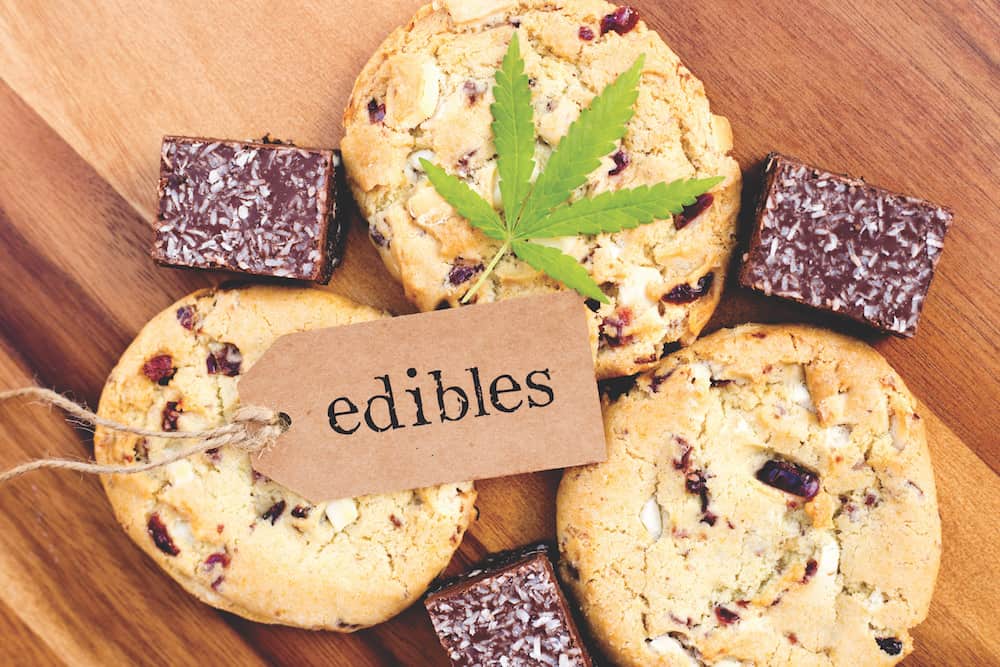Welcome to Part III of our “Concentrated Cannabis” series. In our first installment, we examined the history of concentrates as well as the different types of extracts and how they are produced. In Part II, we discussed the latest techniques for extraction and how concentrates affect the body and mind. Now, in the latest installment of the series, we examine the benefits of cannabis concentrates that are not smoked or vaped.
By now, most readers are aware of how cannabis concentrates are consumed—and are familiar with the ensuing sense of euphoria and well-being. Whether dabbed on a nail, sprinkled on top of a bowl of flowers or vaped in an e-pen, there’s nothing quite like exhaling the smoke from a tasty, terp-filled dab. Thanks to different combinations of terpenes (the essential oils lending cannabis its various aromas and flavors) and cannabinoids, extractions of different strains can be used to achieve an array of psychoactive results. Consumers find that certain strains bring about feelings of creativity, motivation, energy, relaxation, pain reduction and appetite stimulation.
The truth is that dabs and different types of hash are just the tip of the iceberg for concentrates. There’s a whole world of applications for cannabis extracts that don’t require smoking or dabbing. These concentrates are being used to treat a number of illnesses and have proven instrumental in improving quality of life for countless patients—and, in many cases, saving lives.

Edibles
While concentrates have become a major part of the marijuana marketplace over the past few years, they have also been instrumental in the extraordinary evolution of edibles. As the edibles industry has made incredible strides, the days of pot brownies filled with chewy mouthfuls of flower and ripe with the strong taste of cannabis are long past. Previously, most


